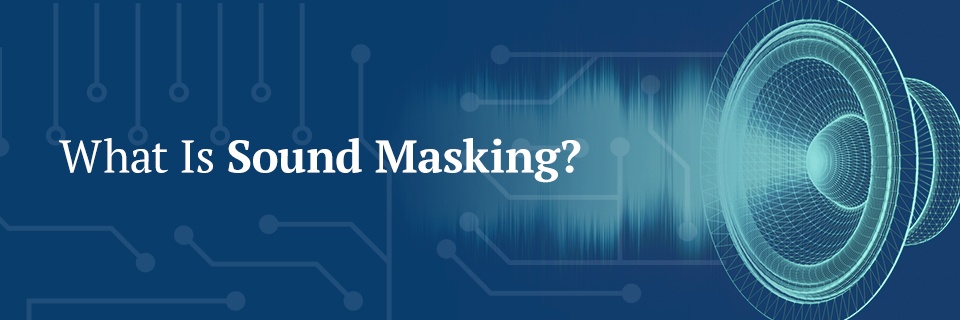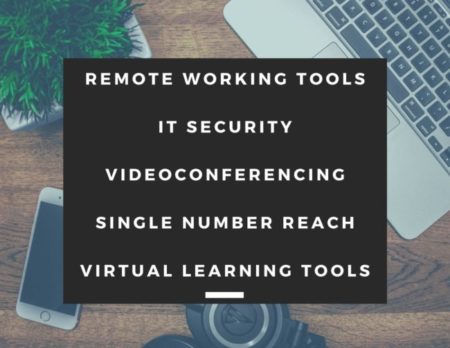I was recently sent an article from our awesome team at Panasonic and it reminded me that what may be obvious to some may be new information to others. The article outlined a small but thoughtful study that was performed by Panasonic to look at the data behind speech intelligibility in the teaching setting such as classrooms, churches and other instructional environments in the era of COVID and masks. With cases rising and the possibility of even more requirements for donning the dreaded mask, I thought it would be useful to share this short article.
In summary, the takeaway is that the muffled sound that results from wearing a mask during instruction can be overcome by utilizing a simple combination of a lavalier or head worn microphone and a sound system that can equalize the frequencies that are most effected by masks.
If you need assistance in evaluating your current setup of need advice and guidance in procuring a new system, the Multimedia and Audio Visual team at Morefield Communications can help. We dedicate ourselves in helping others make smart technology decisions.
The following is the article from Panasonic in its entirety:
How much does that face mask affect audio quality in the classroom? A lot.
Even prior to the global pandemic, it was easy to make the case for having professors use microphones in the classroom for reasons of background noise, room size, teaching methodology, to name just a few. Ensuring every student receives proper volume and clarity to maximize the understanding of what is being taught.
So, you might be wondering, in the age of COVID where masks are mandatory in the classroom for both professors and students, just how badly does that face mask affect the audibility of speech? Well, we were wondering the same, so we took the time to measure the impact of various types of masks on loudness. You just might be surprised.
Before we get started, let us be clear about our testing methodology. It is important to note that we did this with a limited sample size of subjects – 5 females and 5 males, all native English speakers, all had some experience with public speaking and instruction. Each was given the same sentence to read, first without a mask, then with various types of masks with a microphone placed at 9.8 feet (3 meters) away from the test subject and measured the audio output. As we wanted to mimic a typical classroom, the room in which the tests were conducted was 30 square feet in size.
Despite the small sample size, the results were very consistent among the male and female subjects with each type of mask used vs. their normal, unmasked performance.
Types of Masks Tested:
Each test subject was given the same sentence to read, first without a mask and then while wearing each of the masks below:
Masks do have an adverse effect on output level and intelligibility, with N95 being the worst.
All types of masks had a negative result on the clarity and level of attenuation of the audio signal. Essentially each face covering acts as a low-pass filter, attenuating the high frequencies (2000-7000 Hz) with the decibel (dB) level of attenuation differing by mask type.
Surprisingly, surgical masks performed better than the homemade cloth mask with the PM 2.1 filter inserted, likely because of the tight weave of the cloth and the filter inserted. This is particularly noticeable at higher frequencies (6 kHz+) – where we measured on average a difference of 10 dB.
The degradation in decibel level was the worst for N95 masks. The voice spectrum of the average person tested wearing an N95 mask was weaker in frequencies above 2 kHz by 12 to 14 dB compared to when the person was not wearing a mask at all!
Of course, sound level without a given distance is not very useful. Remember, to simulate a classroom experience, we placed the microphone 3 meters away from the speaker. Imagine if students are straining to hear their teacher from the back of the class while the teacher is facing them wearing an N95 mask, how much worse it gets when the teacher turns to face away from the students to write on a whiteboard while talking!
Test results – Speech level output by type of mask, no microphone
Improving Speech Intelligibility with Microphones, but what type of microphone works best?
With masks becoming mandatory in the classroom, now more than ever a case can be made for the use of microphones to improve the learning experience for the students. We had the test subjects performed the same tests but this time with several different types of microphones:
• Wireless Handheld Microphone (Panasonic WX-ST200, cardioid condenser microphone)
• Lavalier Microphone clipped to the presenter’s shirt 10-inches down from the chin of the speaker (Panasonic WX-ST400, cardioid condenser microphone)
• Headset microphone (Panasonic prototype, omnidirectional microphone)
While all 3 types of microphones did improve the speech intelligibility of the presenter when wearing a mask, the performance of the lavalier microphone yielded the best results consistently across all types of masks. We found that wireless handheld microphones performed well but the users did not consistently hold the microphone in the optimal spot, and both the N95 and Cloth Mask with PM 2.1 filter both attenuated the sound at the front of the speaker’s mouth. Headset microphones did provide a small improvement for surgical and cloth masks, but this improvement was concentrated solely at the lower frequencies.
Lavalier microphones yielded the best improvement in output level and intelligibility, even for N95 masks, as evidenced by the chart below:
Test Results: Speech level output by type of Mask, With Lavalier Microphone
Generally speaking, we have found that using a microphone has a substantial impact on the clarity of teacher communication from a student listener’s perspective. Add a mask to the teacher and the use of a microphone becomes even more important to reinforce a student’s ability to clearly understand the teacher.
For more information visit https://na.panasonic.com/us/ or read the full article.







